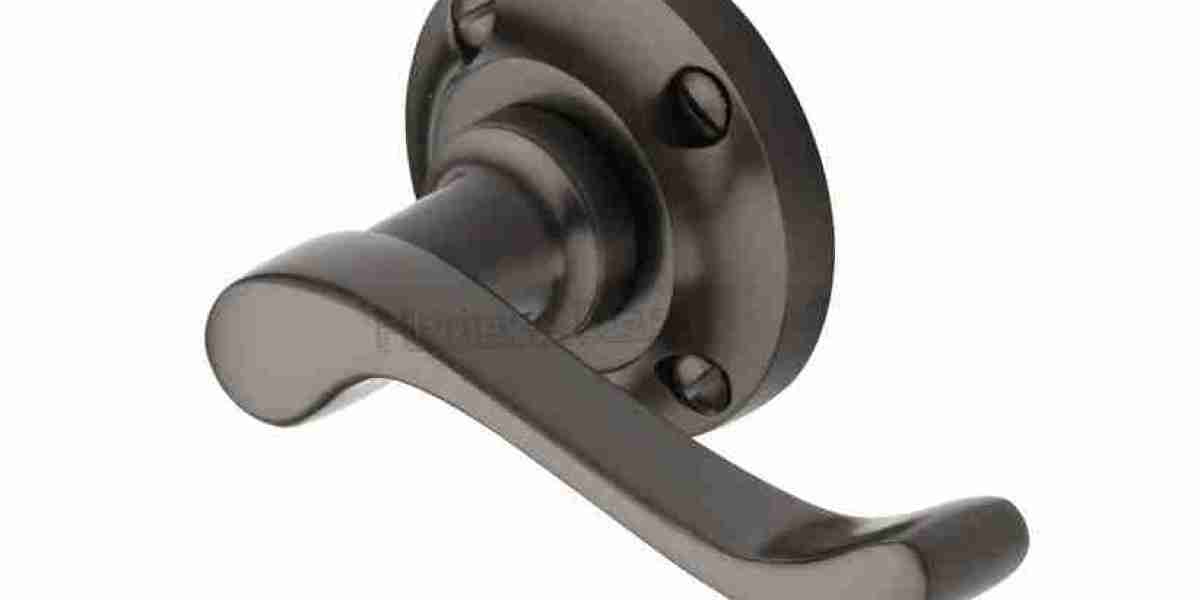Building a custom PC allows you to tailor your system to your specific needs, whether it's for gaming, content creation, or everyday tasks. A custom PC builder provides flexibility in choosing components that match your budget and performance expectations. This guide explores the key factors to consider when creating your perfect PC setup.
Why Choose a Custom PC Builder?
A custom PC builder offers several advantages over pre-built systems. With full control over the components, you can ensure that your PC meets your exact requirements. Some benefits include:
Personalized Performance: Customize your processor, RAM, and storage to suit your tasks.
Cost Efficiency: Avoid unnecessary features and allocate your budget wisely.
Future-Proofing: Upgrade individual components as needed instead of replacing an entire system.
Aesthetic Customization: Select cases, RGB lighting, and cooling solutions that match your style.
Selecting the Right Components
When using a custom PC builder, selecting the right components ensures a balanced and powerful system. Below are key elements to consider:
1. Processor (CPU)
The CPU determines the overall speed and efficiency of your PC. Choose a processor based on your intended usage:
Gaming: AMD Ryzen 7 or Intel Core i7
Content Creation: AMD Ryzen 9 or Intel Core i9
General Use: AMD Ryzen 5 or Intel Core i5
2. Graphics Card (GPU)
For gaming and video editing, a powerful GPU is essential. Options include:
NVIDIA GeForce RTX 40-series for high-end gaming
AMD Radeon RX 7000-series for performance and affordability
Integrated Graphics for casual use and budget builds
3. Memory (RAM)
More RAM allows for smoother multitasking and faster performance:
8GB for basic tasks
16GB for gaming and productivity
32GB+ for heavy multitasking and professional workloads
4. Storage
Solid-State Drive (SSD): Faster boot times and quick application loading
Hard Disk Drive (HDD): Affordable large storage for files and backups
NVMe SSD: The fastest option for high-speed performance
5. Motherboard
The motherboard connects all your components. Ensure it supports:
Your CPU and GPU choice
Sufficient RAM slots and expansion options
PCIe slots for future upgrades
6. Power Supply (PSU)
A reliable PSU ensures stable power delivery:
500W-650W for mid-range builds
750W+ for high-end systems with multiple GPUs
Modular PSU for better cable management
7. Cooling System
Proper cooling prevents overheating and enhances performance:
Air Coolers: Budget-friendly and efficient for most builds
Liquid Cooling: Ideal for overclocking and high-performance setups
Case Fans: Maintain optimal airflow and prevent dust buildup
Assembling Your Custom PC
Once you have your components, it's time to assemble your PC. Follow these steps:
Install the CPU onto the motherboard carefully, aligning the pins correctly.
Attach the RAM modules into the designated slots.
Mount the motherboard inside the case, ensuring a secure fit.
Install storage drives in their respective bays.
Connect the power supply and attach necessary cables.
Insert the GPU into the PCIe slot and secure it.
Ensure all cables are properly managed for a clean and efficient build.
Power on your system and install your preferred operating system.
Optimizing Your Custom PC Build
A custom PC builder should also focus on software and system optimizations:
Update BIOS and Drivers for maximum compatibility and performance.
Monitor Temperatures using software like HWMonitor.
Overclock Components carefully if additional performance is needed.
Install Antivirus Software to protect against malware and cyber threats.
Conclusion
Using a custom PC builder ensures that you get a system tailored to your needs without unnecessary compromises. From selecting the best components to assembling and optimizing your build, the process allows for a personalized experience. Whether you’re a gamer, content creator, or professional, investing in a custom-built PC guarantees the best performance and longevity. Start building today and create a PC that truly fits you!





